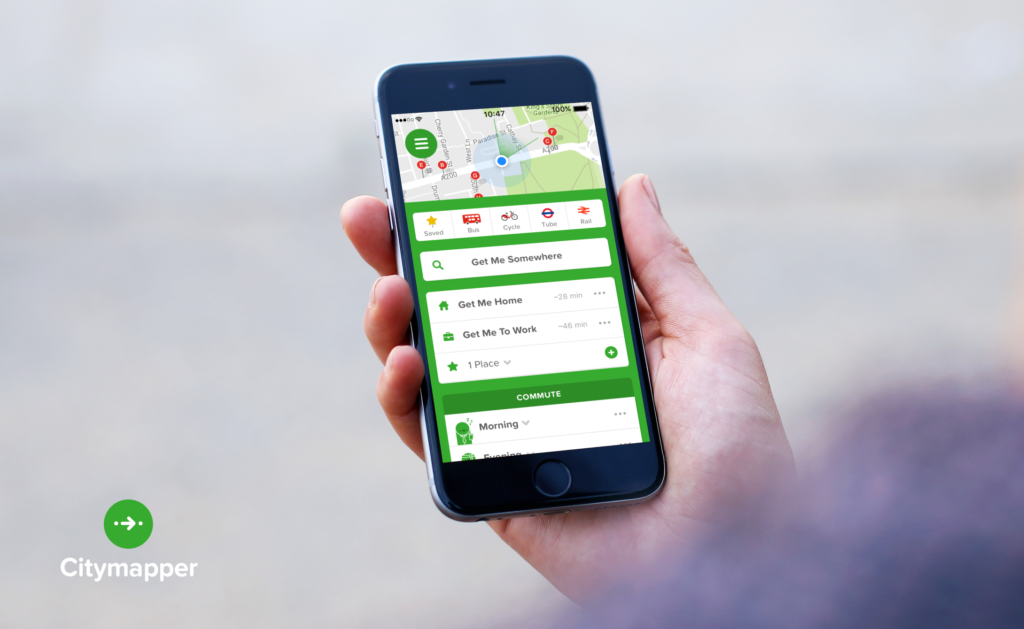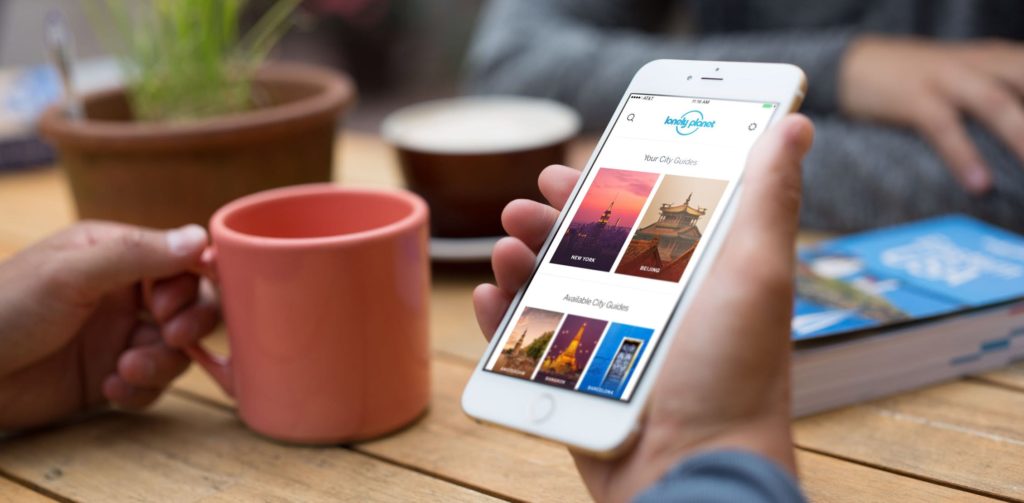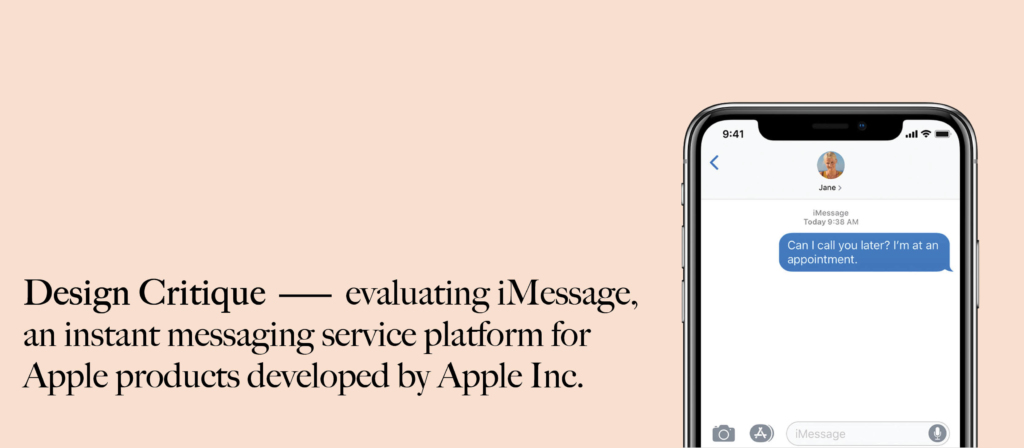Design Critique: Apple Books (iPhone app)
With the Apple Books app, you can carry thousands of pages in the palm of your hand. No matter where you are, Apple Books allows you to pick up reading right where you left off. With just the tap of your finger, you can define, highlight, annotate, and share text as you please. Apple …




